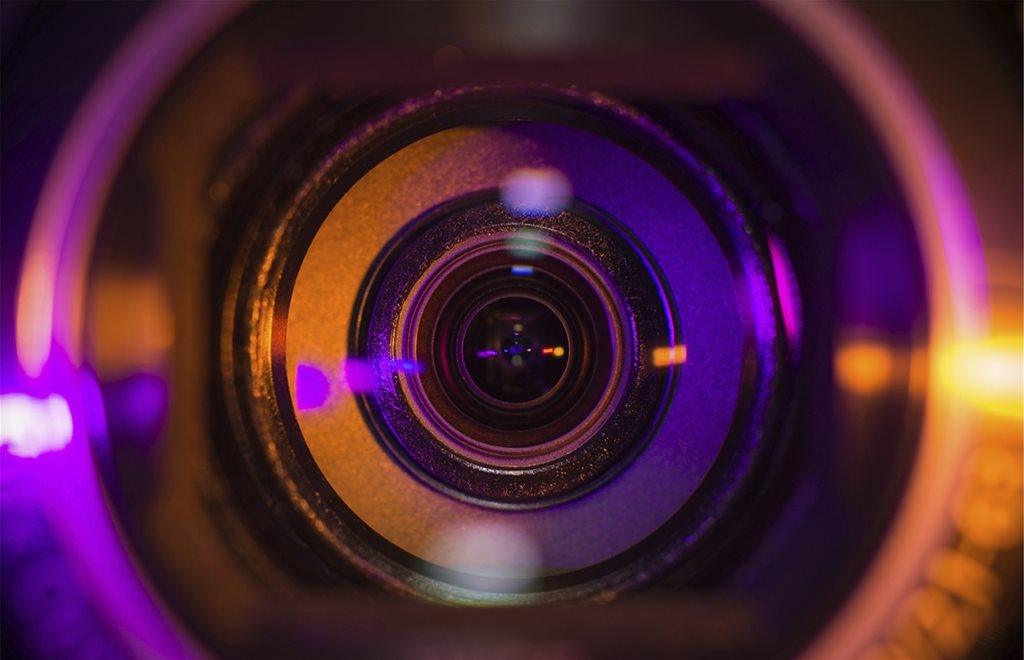Enhancing fire detection and suppression can be achieved with the help of camera technology, explains James Mountain
FIRE IS a prevalent risk for every business, in every sector. It can cause sizeable damage and significant loss of revenue, assets or productivity as a result of a period of downtime. But the risk of fire can be reduced through continuous monitoring using specialist heat detection or flame detection cameras.
Technology of this kind can monitor rising temperatures and hot spots to alert users to even the smallest indicators of fires. This allows fire risks to be identified early, reducing the risk of a fire breaking out or spreading. When used to support fire suppression systems, continuous monitoring using heat detection or flame detection cameras can reduce fire risk significantly and help to safeguard teams, assets and the environment.
Detect and suppress
How does thermal imaging achieve this? As one method for monitoring temperature to support fire detection and suppression, the technology measures infrared radiation, which releases heat. Although infrared radiation is invisible to the naked eye, thermal imaging cameras can detect the heat radiated. The cameras can measure the amount of heat (or infrared radiation) released from an object or in a specific area.
These findings are then translated into images or videos, which show ‘hot spots’ as bright orange like markings, in contrast to cooler areas which appear dark and blue-like. Thermal imaging cameras are referred to as ‘non contact’, as they are able to measure temperatures from a significant distance as long as the view is not obstructed or obscured.
Many of these cameras have the ability to work with fire detection systems by providing automatic alerts when temperatures meet or surpass a certain limit, or rise at a fast pace. The alerts then trigger an alarm, which facilitates a rapid response to high temperatures that hopefully avoids the risk of a fire breaking out or spreading.
The heat detection capabilities of thermal imaging cameras make them an effective addition to the fire detection system of any business. They can also be used to support fire suppression systems by enabling the entire automation of the response to fire. When connected to fire suppression systems, if high temperatures are detected, thermal imaging systems permit suppression to begin automatically, freeing up the user to focus on the safe evacuation of teams.
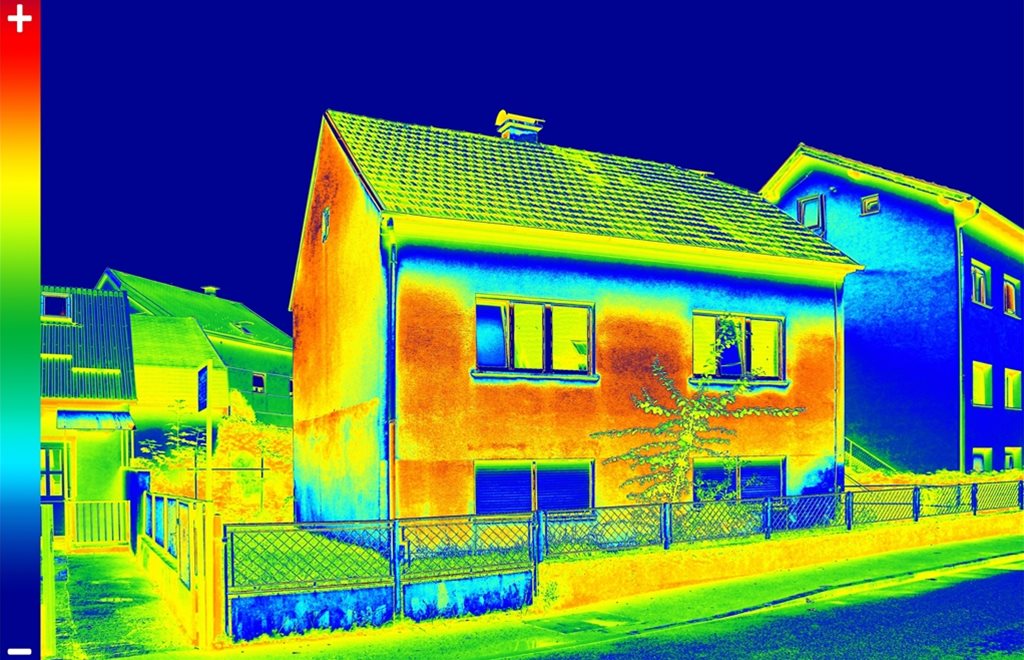
Thermal benefits
When used to support fire detection and suppression systems, thermal imaging has a number of benefits, including the following:
Detecting high temperatures
The primary benefit is the ability to detect heat or rising temperatures. This means that appropriate measures can be taken to lower temperatures before there is the opportunity for a fire to break out. It also helps identify any issues in existing fire prevention measures that could have resulted in a rapid increase in temperature. Shortfalls can then be rectified.
Monitoring in low light
As they do not require light to be able to capture images, thermal imaging cameras are ideal for use in low lit environments. This also permits continuous monitoring at night when facilities may be unoccupied, as well as the provision of protection 24 hours a day, seven days a week.
Multiple protection levels
Thermal imaging is not only effective for fire detection and prevention, but also for security and equipment monitoring. The continuous operation of cameras helps in the detection of any trespassers on site. If cameras are connected to security systems, facilities owners or managers can be notified quickly of a break in. Additionally, the temperature of equipment can be continuously monitored to quickly highlight any faults that may occur when a facility is empty.
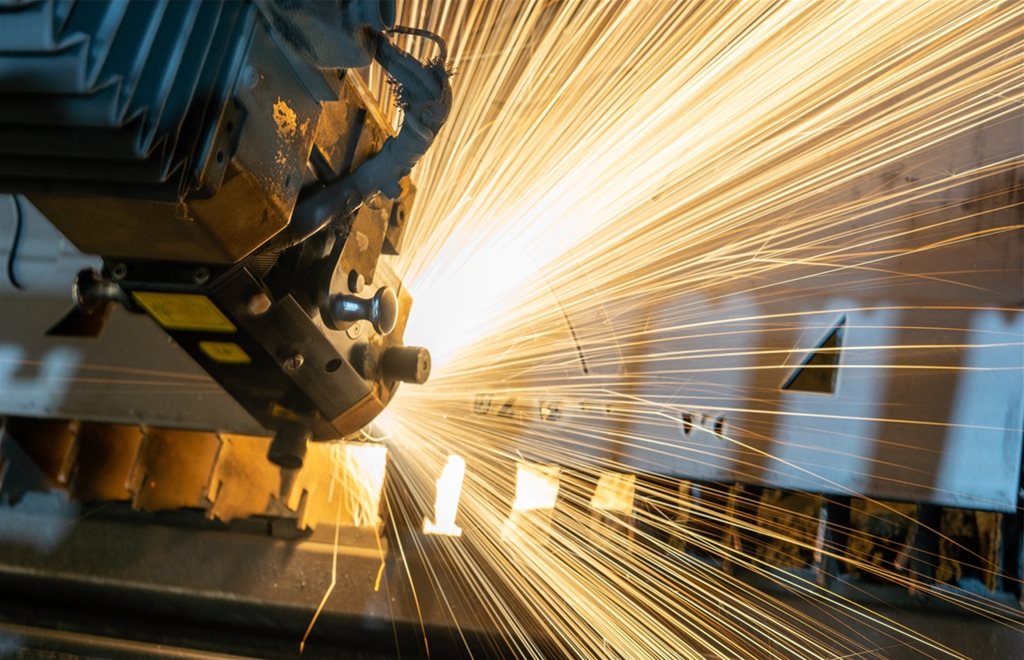
Video detection
How does video flame detection support fire detection and suppression? It effectively detects small flames, which traditional detection systems may be unable to identify, and these systems often react very quickly, alerting to fire as soon as it enters the camera’s field of view. Video flame detection works by constantly analysing the video image, looking for the occurrence of flames. It understands exactly what flames look like in the video image and detects their behaviour – for example, flames flicker and have distinct colours.
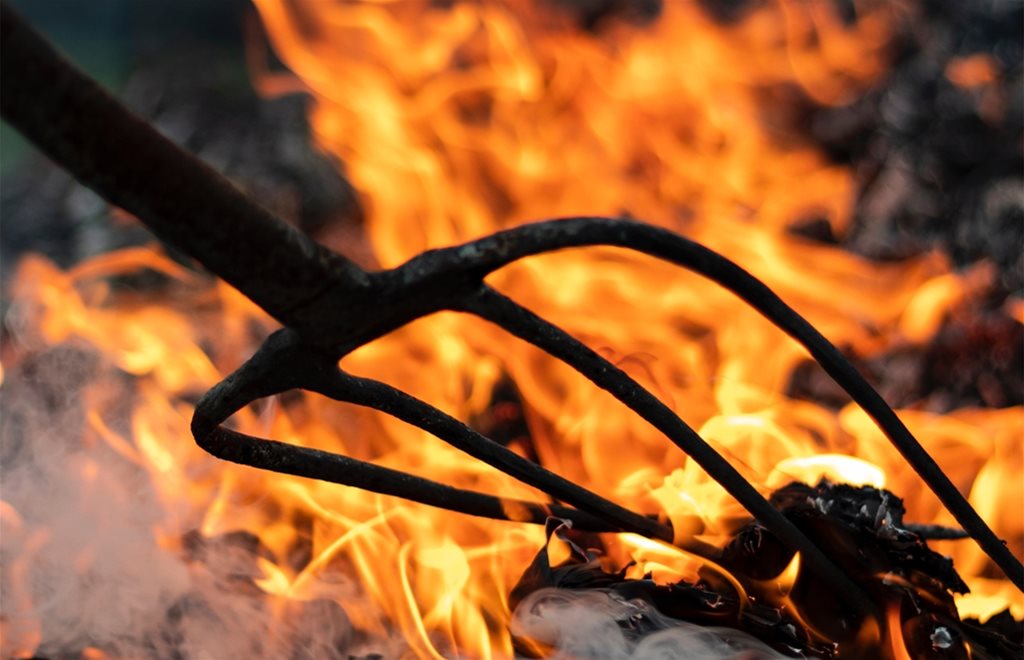
Video benefits
Video flame detection has a number of benefits, including those that follow.
Detection of small flames
The technology benefits from the ability to identify even the smallest flames, which means that fires can be easily identified in their early stages, reducing the risk of fire spread.
CCTV with flame detection
Real time CCTV images are combined with robust flame detection systems by the cameras, so that building owners, facilities managers or security personnel are notified of fire immediately.
Reduced false alarms
As systems are designed to identify the exact characteristics of flames, the number of false alarms provided is extremely low.
Cost effective solution
Cameras can cover larger areas than point type detectors, so they are much more cost effective for warehouses and other large facilities.
Regulatory body recognition
Meeting the requirements of a number of regulatory bodies, this technology is recognised as an effective way to detect fire by the authority having jurisdiction over a wide range of industries.
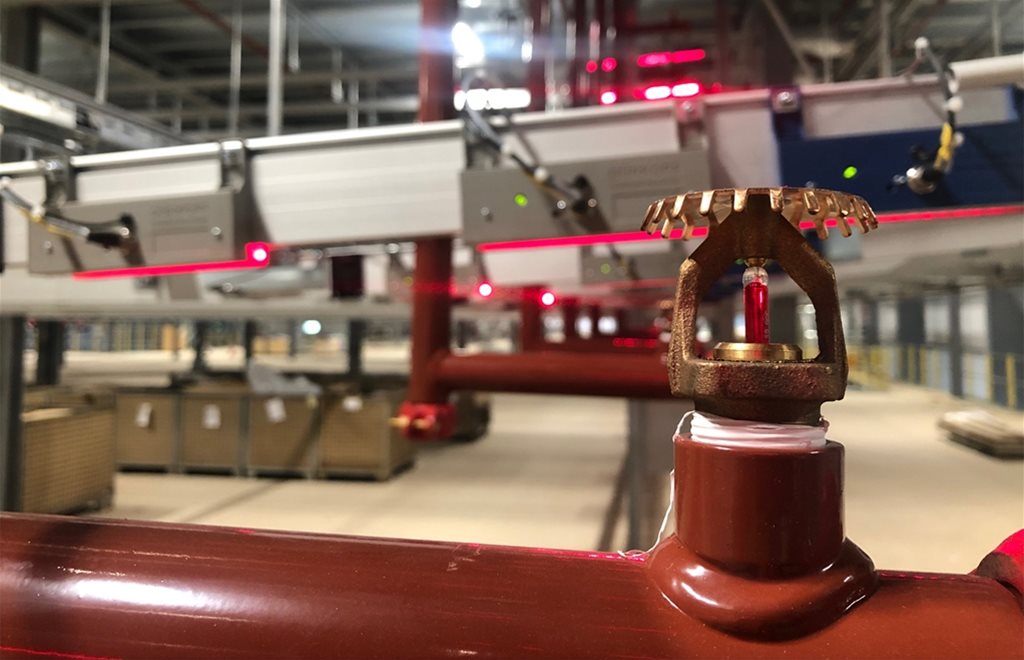
Thermal or video
When selecting either thermal imaging or video flame detection in order to enhance a fire detection and suppression system, it is important to consider the capabilities of both system types and identify which is most suited to the facility. It is crucial to work with a fire suppression and detection provider throughout the decision process, as they will be able to advise on the most appropriate system for your individual requirements.
Thermal imaging is often best suited to environments which store or stockpile combustible materials, such as facilities which operate within construction, waste processing, manufacturing and agriculture. In facilities such as these, thermal imaging cameras are able to monitor the surface temperature of stockpiles and alert you to any hot spots or increases in temperature which could potentially lead to a fire.
Other environments to which video flame detection systems are often well suited are those in which fires can develop rapidly. These include high risk environments in which for instance hot work takes place, or there is electrical equipment in use and/or electrical processes are going on. Video flame detection systems can be used to identify smaller fires as soon they begin, enabling a quick remedy.
Whether it is used in these more specialised environments or elsewhere, camera technology can play a valuable role in enhancing fire detection and suppression systems.
When they are working together, both of these technologies can help to ensure that a facility is monitored round the clock in order to safeguard the personnel working within it, along with its assets and the surrounding environment
James Mountain is sales and marketing director at Fire Shield Systems
